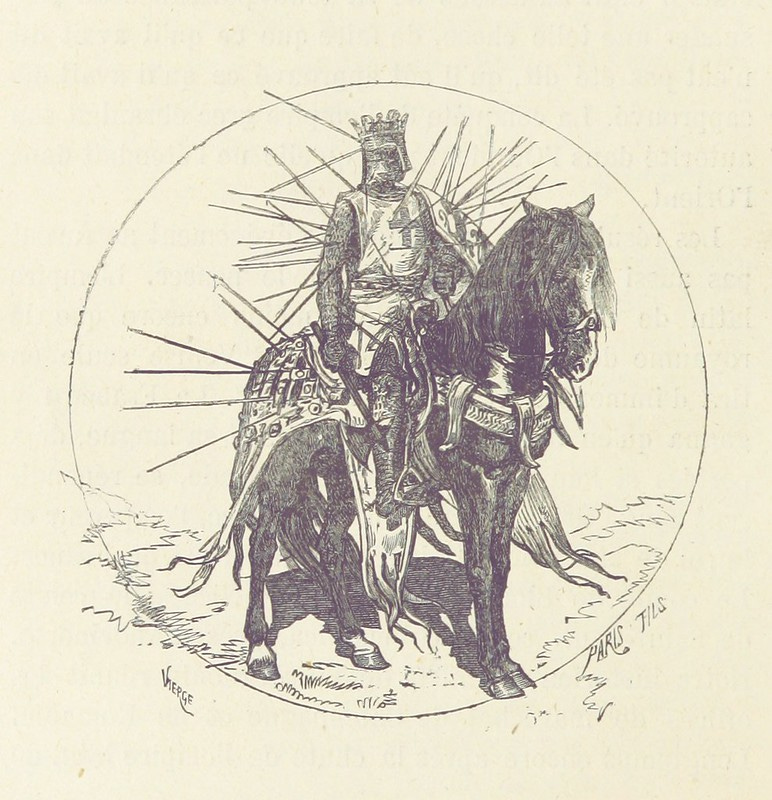[Study] RPG Design Patterns
Starting a newsletter rotation with its "Study" segment first. Today, we extract the main design patterns of TTRPGs based on Lasers & Feelings.
I have to face it, this newsletter is becoming less of an abstract with each new entry. Every time I start with a few bullet points, but when I develop them, they reveal full-fledge articles. Furthermore, I have three categories (now called Delve, Study and Craft), so the scope grows exponentially.
That doesn’t sound too bad at first, I’m just that inspired by the topic, and got myself plenty of content to cover. Although, the longer it takes me to write a new entry and the more chances I have to give up. I’m convinced that the main challenge of any project is to walk this fine line between releasing something you’re proud of… before you’re tired of it. You start with an impulse and when it vanishes you need to see the finishing line.
I can’t help myself from developing those ideas, that’s the “being proud of” part, I guess. I also don't want to cut any categories since they’re all answering a different need. Although, by separating them into individual entries, I feel like I can keep my schedule of posting every week/other week, which seems to fulfill me so far.
After many projects, it’s surprising that I'm still getting surprised by scope…
I told you last time that I’ll talk more about one-pagers. However, even more impressive than dungeons, one-page RPGs really are the synthesis of the medium. That makes it the perfect entry point to define what are the critical systems your game needs to launch something at the table.
There are many examples, but my favorite as to be Lasers & Feelings. By the way, I just realized that John Harper made this one too; Adding to BitD, as one of the most important references to my design work. Also, knowing that, I suddenly find interesting connections between those two games.
Quick disclaimer before I dive in: RPG is a rich medium, and this list focuses on what we may call a “traditional” school of RPGs. That being said, the goal is precisely to understand why those patterns are so common.
1/ Resolution mechanic
Roll the dice, add variables and read result
This one is probably the only one you can’t strip out at all. An RPG is a game, which means that it needs a feedback loop at its core. Whatever it’s to create a high stakes story, or a strategy focused battleground, there should be a resolution that will guide the play.
Now, if we unpack what it includes, we can find two components: randomness and parameters. The first one brings unpredictability, which is essential to any game but can take several forms. Playing as a group is another example, since you can’t predict exactly what others will say. You can think of parameters as the opposites: stable truths that are used to navigate the chaos of possibilities. The way systems manipulate them dictates what behaviors are reinforced or discouraged.
2/ Character creation
Pick a number and a bunch of tags
Some games don’t use the embodiment of a character to explore a world or a fiction. Yet, it’s a common design pattern because, for one, taking a human perspective ease the suspension of disbelief. With that in mind, we could still argue that this part isn’t essential. You could play as an “empty shell” in regard to the systems. Although, since you need to define some parameters for the resolution to be interesting, you’re as good giving a handle to participants on it.
Begin with personalization options is also great to introduce the play space (the range of actions that can be used). Players will find the line they want to follow with their character at the table, but a first intention can prevent an initial paralysis.
3/ Setting and Hooks
Share a common context and start with a call to action
Now, we talk about the “vessel” to travel the fiction, but you also need a world and/or a specific story to explore. The context and the flow are never completely defined since, as we saw, the resolution system factors in uncertainties. Still, some games are more prescriptive than others. I’d say that Lasers & Feelings is on the “open” side of the spectrum. You just have enough tropes to grasp the kind of entities (individuals, environments, tools, …) you may encounter, and how you could interact with them. Every aspect of an RPG can be an opportunity to pass context. Here for example, players choose two strengths and one problem for their ship. They will be the truth for the game, but each entry from the list still inform what might happen in that world.
The other crucial component is the Hook or Call to action, and it as the same function as the initial personalization of characters. While agency is always desirable, the worst session tends to emerge when players hear “what do you want to do?” without any concrete objective in mind. In Lasers & Feelings, the fact that the captain is unconscious is both context (“how is the group going to organize now that the one giving orders is out?”) and potential hook (“He needs helps!”). Although, the best illustration of a call to action is the “create a space adventure” table that generates an imminent threat in a few dice throws.
4/ Game Master (GM) Advices
Meta-Rules to help frame and design on the fly
Some games don’t make any distinction between players and narrator/ruler (often by making each participant alternate roles). Here again, there is an argument that the dichotomy between Player Characters and the rest of the World is an important pattern. It makes the play more satisfying by avoiding that the same person sets the situation and react to it. This way, the session can follow a typical “But/Therefore” narrative structure (check out the section “How to explore things real good” for more). The causality is distributed around as a natural dialogue:
The GM gives a context, then a Hook (“But”)
Players react (“Therefore“)
Either it goes well to the next scene or it escalates (“But”)
Players adapt once more (“Therefore“)
[…]
Last, but certainly not least, an RPG is a learning tool. It can be used later as a reference, although the bulk of it, is going to be interiorized by the conductor of the game. Communicating efficiently with that person is probably the most crucial part, since players only perceive your RPG through that voice. That pushes me to consider those meta-rules another fundamental design patterns. You need an extra layer of understanding to rule quickly around the specific case that will emerge during play. A human doing the interpretation really is the only way that a single page of writing could result in infinite worlds to explore…
To Sum up
Here you have it, the 4 principal design patterns we identified are
Resolution mechanic (Roll the dice, add variables and read result)
Character creation (Pick a number and a bunch of tags)
Setting and Hooks (Share a common context and start with a call to action)
Game Master (GM) Advices (Meta-Rules to help frame and design on the fly)






